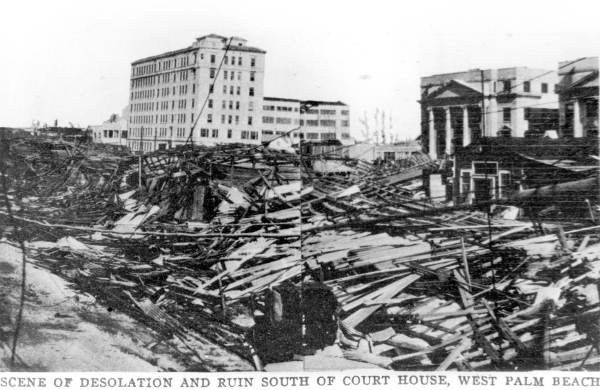 |
| Photo of the eruption |
Mt. Pelee is a stratovolcano
located on the island of Martinique in the Caribbean. In 1902, the volcano
erupted and virtually destroyed the growing city of St. Pierre. It was the
deadliest eruption of the 20th century. An interesting thing about
this eruption is the number of events that occurred leading up to it and the
apparent complacency of the people that lived in St. Pierre.
In January of 1902, Mt. Pelee
began to develop new fumaroles and there was increased fumarole activity on the
mountain. Apparently, this had happened in the past and the volcano had not
erupted in living memory, so it was not seen as a problem. Other ominous signs
came from the mountain, over time, such as the spitting of ash and rumbling
coming from the mountain. Still, the people of St. Pierre ignored the mountain.
Some residents even continued taking excursions up the mountain.
The volcano started showing what
would now be considered sure signs of a pending eruption on April 23, 1902. Small
explosions began occurring near the top of the mountain. These explosions caused
wildlife to flee. Countless fire ants and centipedes descended upon the local
sugar mill. They bit people and animals alike and caused a great deal of
turmoil. The most terrifying thing was the procession of thousands of venomous
snakes that slithered through the St. Pierre. An estimated 50 people and 200
animals died as a result of bites from these panicked snakes.
The once dry Etang Sec crater of
Mt. Pelee began to fill with scalding water. Visitors to the mountain said that
they heard the sound of a bubbling cauldron coming from inside the crater. On
May 5, the rim of the crater crumbled and the heated water poured into the
Blanche River. A lahar formed when the water from the Etang Sec joined with
pyroclastic debris. The lahar moved at an estimated rate of 62 miles an hour.
When it reached the ocean, it caused a large wave to flood portions of the St.
Pierre waterfront. Between 23 and 150 people were killed that day.
When people became nervous and
decided to try and leave St. Pierre, the government wouldn’t let them. Barriers
were set up on a road leading out of the city and residents were forced to
return. They were told that St. Pierre was the safest place to be during the
heightened activity from Mt. Pelee. This misinformation was also published in
newspapers. The result was a stream of people actually entering St. Pierre in
the time before the eminent eruption. By the time Mt. Pelee erupted, on May 8, 1902,
the estimated population of St. Pierre was 28,000 or more.
The events that occurred before
the 1902 eruption of Mt. Pelee would have led to the evacuation of all people
near the volcano today. However, in 1902, volcanology was a relatively new
science and many people mistakenly thought that the volcano was harmless. It
was anything but. It erupted so forcefully that every person in St. Pierre,
except two very lucky men, died as a result of the blast, the hot gas cloud or
the pyroclastic flows.

